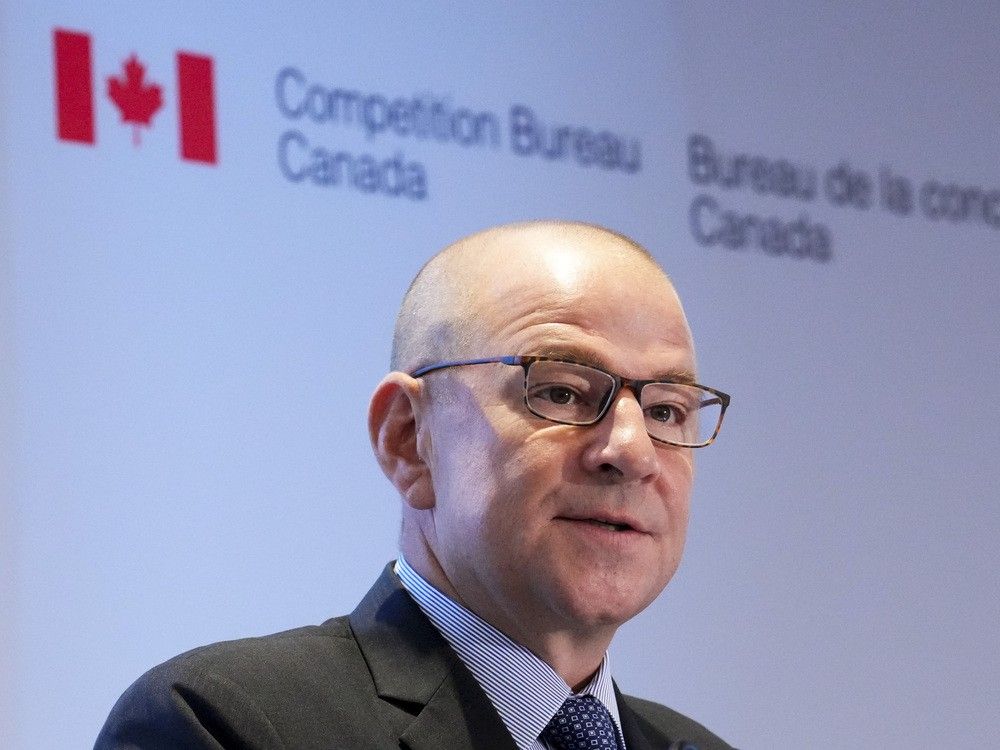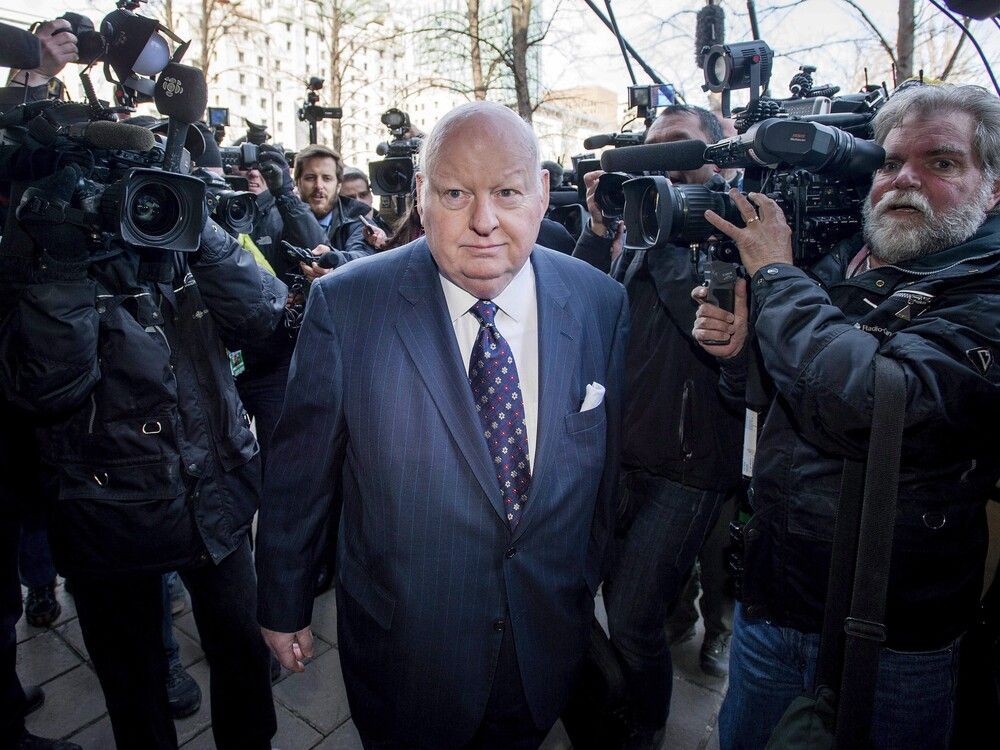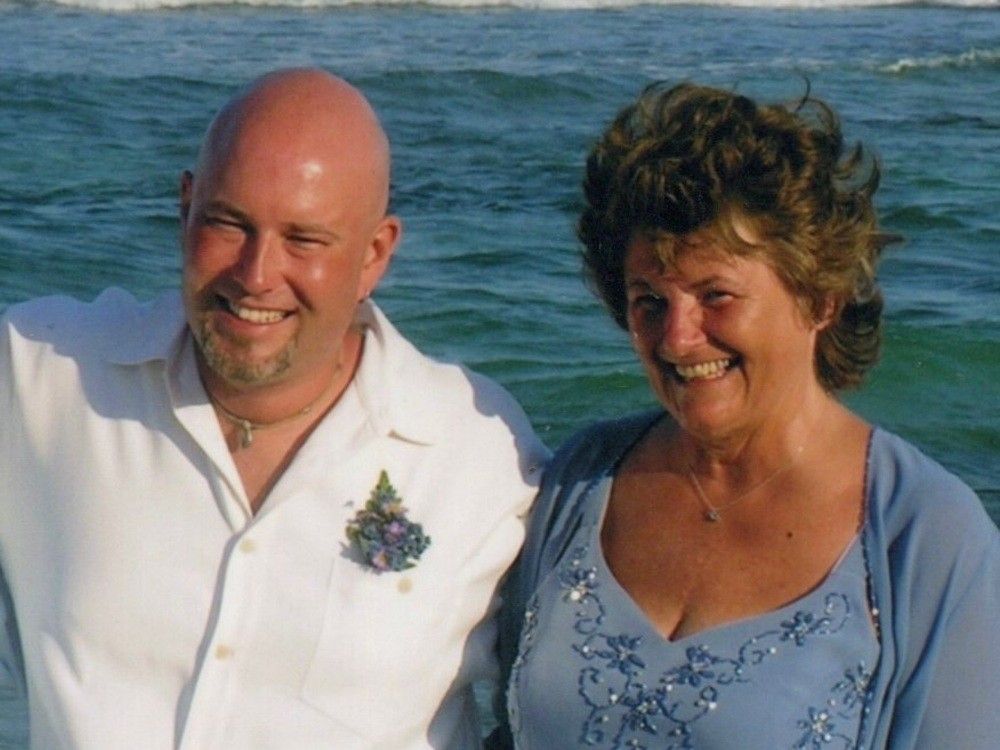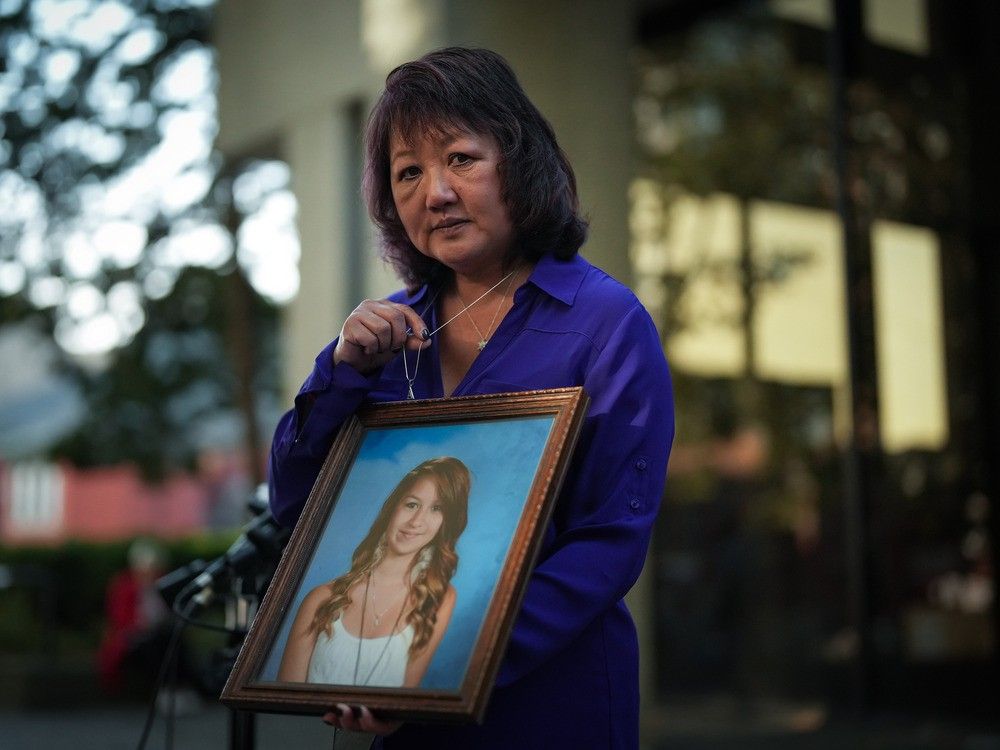
WASHINGTON, D.C. — Three men from Alberta gathered in a government building in Washington, D.C., this week to meet with cabinet-level U.S. officials about the potential for American support of an independent Alberta.
Jeff Rath, Mitch Sylvestre and Dennis Modry, the cofounder, CEO, and chairman of the Alberta Prosperity Project (APP), respectively, visited the Capitol on Monday for their second round of talks with American leaders about Albertan independence. The APP, an educational organization that promotes sovereignty, had its first meeting with the Americans back in April.
“We’re literally one degree of separation from the Oval Office,” Rath said of Monday’s meeting.
The group met with special assistants and advisers the first time, he said, but this time, “the level of the meeting has been elevated as an indication of the strong support from the United States for Alberta independence,” Rath said, noting that he has been asked not to divulge names.
He did add, however, that the officials were at the cabinet level and that one left their meeting to go directly to the Oval Office.
Do Albertans really want to secede?
Albertans want lower taxes, deregulation, and more control over policing, immigration and trade. But rather than negotiating with Ottawa for more power, the way Premier Danielle Smith is, the APP wants Alberta to control its own future.
Support for Albertan independence has grown with the province’s frustrations with Ottawa. A provincial poll this month indicates that the governing United Conservative Party (UCP) has 43 per cent of voter support in the province, but the independence-leaning Republican Party of Alberta has 11 per cent, which notably includes strong rural support.
Rath said support for independence is higher than the numbers suggest — and that 75 per cent of the UCP is on board, with many of them being members of the APP.
But polling numbers and experts tend to disagree with Rath. An Angus Reid poll in May showed support for Alberta independence at 36 per cent.
“The day that I see Edmonton Oilers or Calgary Flames fans booing the Canadian anthem in their respective arenas, I might take (the independence) movement more seriously,” said Graeme Thompson, a senior analyst with Eurasia Group’s global macro team.
While acknowledging that the province has “legitimate grievances” about representation by Ottawa, “there is a really long road to go before you get to 50 per cent plus one of Albertans voting to leave Canada,” he added.
Adrienne Davidson, assistant professor of political science at McMaster University, is also skeptical.
“I haven’t seen anything compelling yet to suggest that the referendum question, were it to move forward, would get anywhere near the support that would be required to actually move it into sort of the next stage of the game,” she said.
So while the numbers are ticking upward for Alberta independence and may even split some conservative votes, most believe that proponents will not succeed.
Still, provincial frustration with Ottawa is growing, and Smith knows it.
“Although our caucus supports a strong and sovereign Alberta within a United Canada, I recognize that many Albertans are disenfranchised after many years of Liberal and NDP backed governments in Ottawa repeatedly attacking our provincial economy and way of life,” Smith’s office said in a statement.
Pushing for a referendum
“Do you agree that the Province of Alberta shall become a Sovereign Country and cease to be a province in Canada?”
That’s the question the APP would like to put before Alberta’s voters, and its right to do so is under legal review. In August, Justice Colin Feasby ruled that the constitutional review must proceed before the referendum question can be approved, and that review is scheduled for November.
Several First Nations groups are officially in proceedings as interveners and intend to argue against the referendum.
If the court deems the question constitutional, the APP will begin collecting signatures with an eye toward triggering a public referendum. But if the legal bid fails, the APP has a Plan B: “We will all be demanding that Danielle approve the question under the Referendum Act,” Rath said.
He believes Smith will budge because “she’s lost her base on this issue.”
“You just have to go back to former premier Jason Kenney to see what happens when a leader of the UCP loses their base,” Rath added.
But Davidson doubts that Smith will budge.
“As Premier Smith has gone around in the Alberta Next panels, she does not seem to have any real appetite for a broader sovereignty conversation insofar as Alberta removing itself from Canada,” she said.
Smith said as much on Tuesday, and shows no signs of caving to the APP.
“My objective is to have a strong and sovereign Alberta within a united Canada,” Smith told the National Post on Tuesday. “That’s what I’ve been working with the federal government under its new leadership to try to get a grand bargain, as I’ve been calling it, to get a new bitumen pipeline to the coast, the Pathways Project and address the nine bad laws.”
“That’s what I feel. My responsibility is to try to make sure that Alberta has a new and renewed relationship with Ottawa, as well as part of what the Alberta Next panel discussion is about is to identify the ways in which we may take on more of the responsibilities as we become stronger as an economy and have a stronger population.”
What’s more likely than the APP pushing Smith to call a referendum, Davidson said, is internal politicking and the eventual forwarding of a private member’s bill to move the referendum question through the Referendum Act.
But they would have to gain sufficient support in the legislative assembly, and even then, they would still “run into this problem here with the referendum questions.”
“‘Nothing in a referendum held under this act is to be construed as abrogating or variegating from the existing Aboriginal and treaty rights,’” she read from the statute.
This suggests that without First Nations support — which they do not have — there is little chance of a referendum being held.
But even in a scenario in which Albertans took to the polls to weigh in on Alberta’s secession and voted “Yes,” Alberta independence would remain up in the air.
A “Yes” vote, Davidson said, “would prompt negotiations with the federal government around secession,” and while it’s reasonably likely to happen in that case, the province would have to engage in negotiations with other provinces and the federal government over the divisions of assets and liabilities, changes to borders, rights and the interests of Indigenous people.
American promise
While it remains to be seen whether the APP will get its referendum, Rath and his colleagues are excited by the Trump administration’s “early expressions of support for Alberta independence,” he said, adding that the U.S. government values Alberta’s oil and gas development.
“We understand that (Americans are) our biggest customers. You know, most Canadians don’t understand that 90 per cent of all of Alberta’s exports go south,” Rath said.
“It wouldn’t surprise you to know that this was part of the discussion today — that all an independent Alberta needs is one more pipeline to tidewater in the Gulf Coast.”
That, he explained, would make up the 10 per cent of exports that Alberta would lose by no longer exporting to Canada.
Prime Minister Mark Carney, meanwhile, hasn’t pledged to repeal the emissions cap, a sore point for the industry, but Thompson points out it comes in tandem with plans to fund carbon capture and storage.
“They’re basically committing economic suicide,” Rath said, by hemming in gas and oil development — an approach he believes will take Alberta’s unemployment, already at a national high of 8.4 per cent as of August, to as high as 10 per cent, and youth unemployment to over 20 per cent by next year.
For Washington, of course, the biggest draw for supporting Alberta independence is the promise of shoring up energy supply.
“The United States government does not want to have the third largest oil reserve in the world effectively being controlled by a Chinese communist-adjacent government in Ottawa, right?” Rath said.
“They want a rational energy policy.”
The White House has not made any public overtures or promises of funding to support the drive for Alberta independence. Instead, what the APP expects based on the talks is that the U.S. will, upon conclusion of a successful referendum, provide recognition of an independent Alberta.
This, said Rath, could then lead to the immediate announcement of a free trade agreement with Alberta, which he said would be the shortest free trade agreement in history.
“It would consist of one page that will say that there will be zero tariffs on all goods and services on both sides of the border,” Rath said.
The APP hopes that Alberta and the U.S. would form a common market with a shared currency and complete free trade between the two jurisdictions.
But Thompson, who is skeptical that a referendum will be held or succeed, believes any White House planning for eventual support of Alberta independence is a waste of time.
“I don’t think that it is going to pay off in a way that would be worthwhile for anybody,” Thompson said.
“I think Alberta separatism is a very fringe movement, which is different from saying Western alienation — that’s not so fringe,” he said.
“But actually wanting to leave Canada — if such a thing is happening, it is unlikely to pay off.”
National Post
Our website is the place for the latest breaking news, exclusive scoops, longreads and provocative commentary. Please bookmark nationalpost.com and sign up for our newsletters here.

















